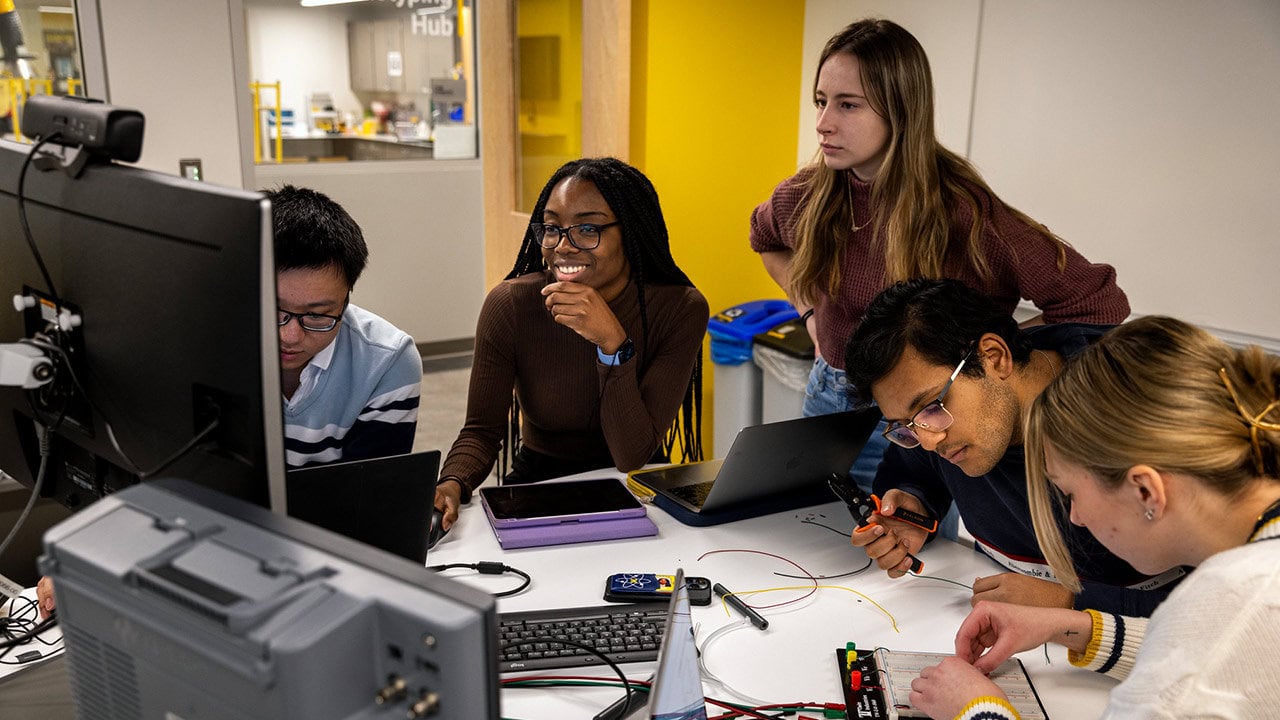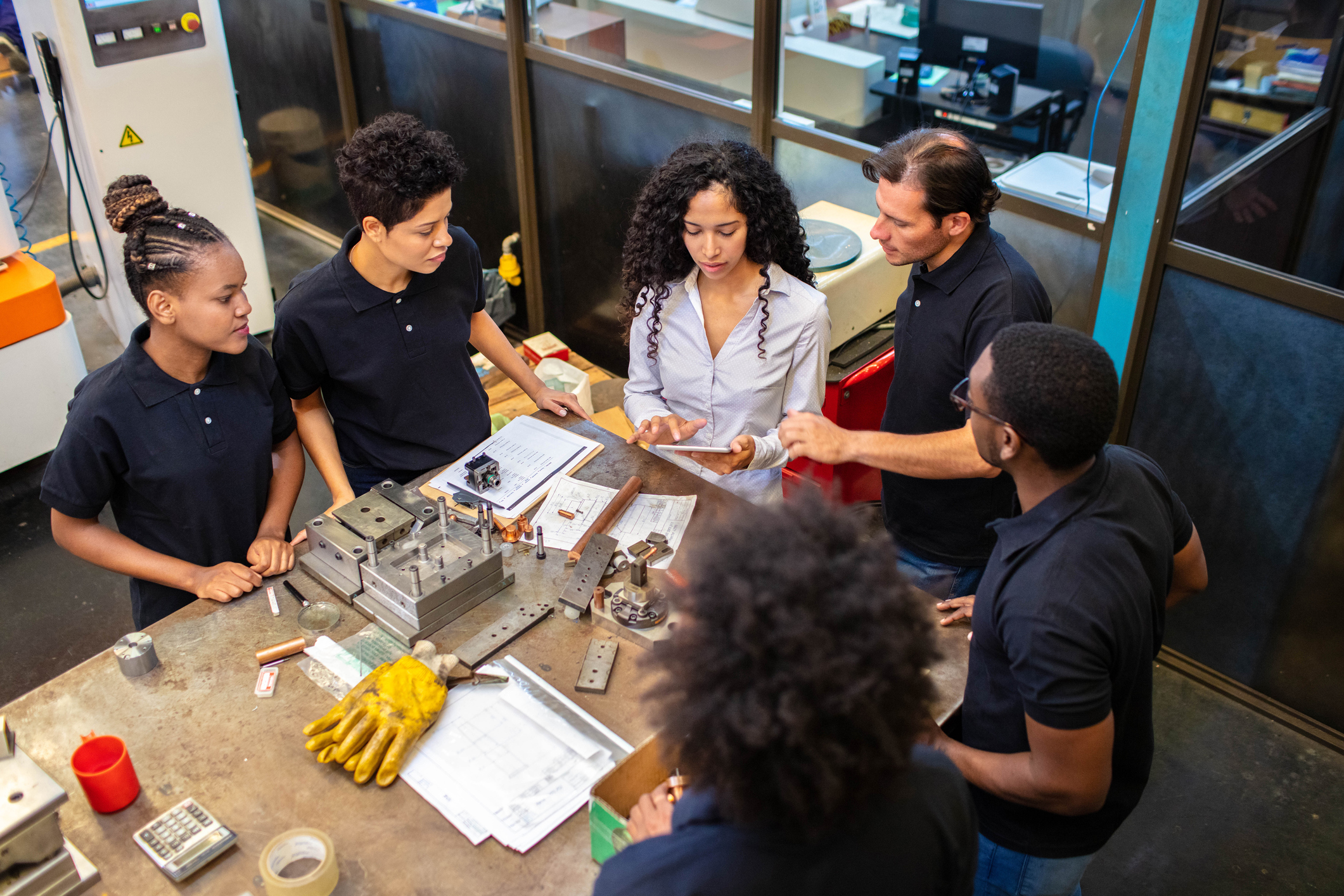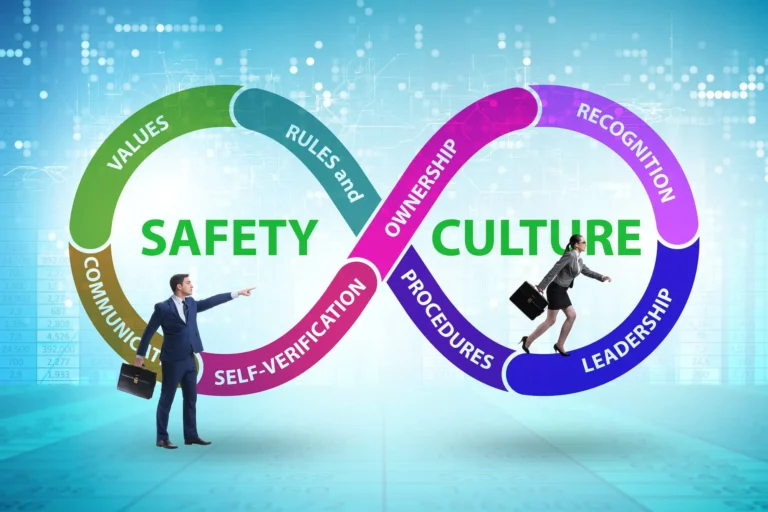Engineering cultures can vary greatly from one organization to another, with each having its own unique characteristics and approaches. Some cultures prioritize innovation, risk-taking, and agility, while others value stability, reliability, and meticulous planning.
Understanding the differences between these engineering cultures can provide valuable insights into what works and what doesnt in terms of fostering creativity, collaboration, and success within a team or organization. By comparing and contrasting these cultures, we can identify best practices and potential pitfalls that can help inform and improve our own engineering practices and processes.
In this article, we will delve into the nuanced world of engineering cultures to explore the diverse approaches that organizations take and the impact they have on their teams and projects.
Understanding Engineering Cultures

In order to effectively compare engineering cultures, it is essential to have a deep understanding of the unique characteristics and practices that define each. Engineering cultures can vary significantly based on factors such as industry specialization, geographical location, company size, and organizational structure.
By delving into the intricacies of these cultures, we can gain valuable insights into what works well and what may present challenges. It is important to recognize that the way engineering teams operate, communicate, and innovate can greatly impact their overall effectiveness and success. By exploring and understanding these varied cultures, we can not only learn from their strengths and weaknesses but also foster a more collaborative and inclusive environment within the engineering community.
Factors to Consider When Comparing Engineering Cultures

When comparing engineering cultures, it is important to consider a variety of factors that can greatly impact the success of a team. One crucial factor is the communication styles within the culture, as effective communication is key to collaboration and problem-solving. Additionally, the level of hierarchy and decision-making processes can vary significantly between different engineering cultures, leading to differences in speed and efficiency.
Another important factor to consider is the level of emphasis placed on innovation and creativity within the culture, as this can greatly influence the ability of a team to adapt and thrive in a fast-paced environment. By taking these factors into account when comparing engineering cultures, teams can better understand the strengths and weaknesses of each culture and ultimately improve their own practices.
What Works: Successful Practices in Engineering Cultures
 Successful practices in engineering cultures often involve fostering a collaborative and inclusive environment where team members feel empowered to share ideas and solutions.
Successful practices in engineering cultures often involve fostering a collaborative and inclusive environment where team members feel empowered to share ideas and solutions.
This can be achieved through regular communication and open dialogue, which allows for knowledge sharing and problem-solving in a collective manner. Additionally, investing in continuous learning and professional development opportunities can help employees stay current with industry trends and technologies, leading to a more innovative and forward-thinking team. Creating a culture that values diversity and celebrates different perspectives can also contribute to a more dynamic and creative engineering environment.
Overall, successful engineering cultures prioritize teamwork, communication, continuous learning, and diversity to drive innovation and success.
Conclusion
In conclusion, understanding and comparing engineering cultures is essential in creating successful and productive teams. While each culture may have its own strengths and weaknesses, the key is to identify what works and what doesnt within each specific context.
By acknowledging and respecting the differences between cultures, organizations can foster collaboration, innovation, and efficiency. Creating a good engineering culture is crucial for attracting top talent, promoting employee engagement, and ultimately driving business success. By continuously evaluating and adapting practices, organizations can build a strong foundation for a positive and thriving engineering culture.







